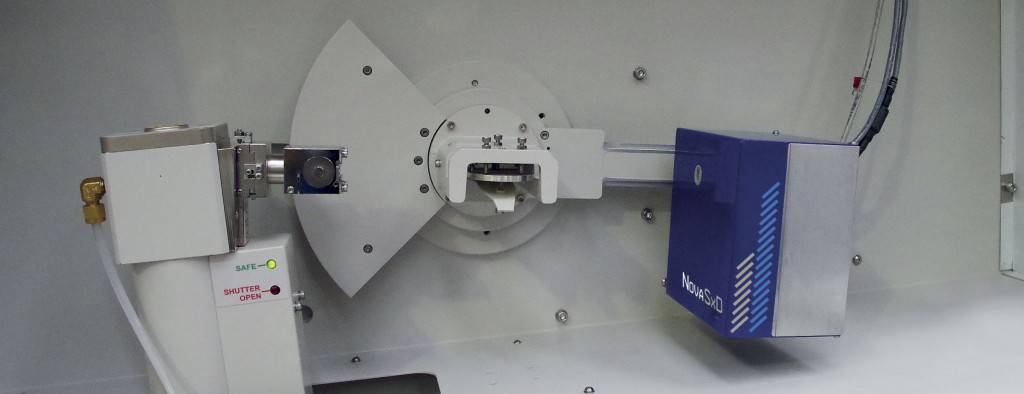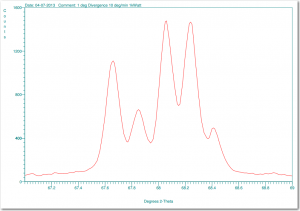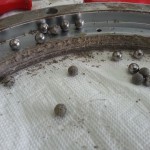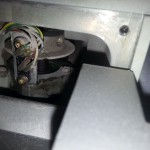 We’ve been working with XRD machines for about 40 years now and to be quite honest, very little has changed. Most of the really exciting advancements have been software based, but there have certainly been changes to the hardware as well. We’ve introduced a few ourselves such as the KSA-SDD-150 detector. Automatic anti-scatter and divergence slits, additional axes and degrees of control have all increase the versatility of these instruments and opened them up to more advanced and unique experiments, but nothing has had an effect matching the new crop of Position Sensitive Detector (PSD). These have been around for decades, but didn’t really become popular until the a solid state version was introduced. There are still some trade-offs as mentioned in our KSA-SDD-150 post, but when you need speed, a PSD is the way to go.
We’ve been working with XRD machines for about 40 years now and to be quite honest, very little has changed. Most of the really exciting advancements have been software based, but there have certainly been changes to the hardware as well. We’ve introduced a few ourselves such as the KSA-SDD-150 detector. Automatic anti-scatter and divergence slits, additional axes and degrees of control have all increase the versatility of these instruments and opened them up to more advanced and unique experiments, but nothing has had an effect matching the new crop of Position Sensitive Detector (PSD). These have been around for decades, but didn’t really become popular until the a solid state version was introduced. There are still some trade-offs as mentioned in our KSA-SDD-150 post, but when you need speed, a PSD is the way to go.
Until recently, the only option for clients looking for this kind of speed was either a new XRD or a refurbished Bruker D8 system with a LynxEye or Vantec-1. While the D8 is a great machine and the LynxEye is a world class detector, the cost is usually too much for academic or small labs to bear. This has all been changing recently with the introduction of a truly aftermarket detector system from FCT ACTech. No other company that we’re aware of has worked so hard to make their hardware as turnkey as possible so the user isn’t left holding a box of parts and an instruction manual.
We can now offer detector upgrades for D5000 Theta/Theta and D5000 T2T systems with kits soon to be available for D500 systems as well. Software integration with DiffracPlus (standard software for Bruker XRD systems) is seamless and full integration with MDI Datascan is very close to completion. The future is very bright for users of these XRD systems.
Contact us for more information on these detectors
- Data collection at 30x the speed of a standard point detector.
- Dramatic increase in throughput
- Plug-and-play retrofit
- Maintenance free (no gas charge required)
- Stand-alone operation for custom experiments
- Excellent angular resolution
Technical Specifications:
- Maximum count rate: 500Kcps / pixcel, 50Mcps global
- Maximum scanning speed: 120 deg/min
- Angular resolution: 0.06 deg at 200mm radius
- Strip pitch: 120um
- Number of channels: 96
- Angular span: 3.3 degrees
- Energy resolution: <10%
- Energy range: 4.5KeV to 17KeV, efficiency at 30KeV is 10%
- Compatible with all common XRD tube anodes including Cr, Fe, Co, Cu, Mo and W.




